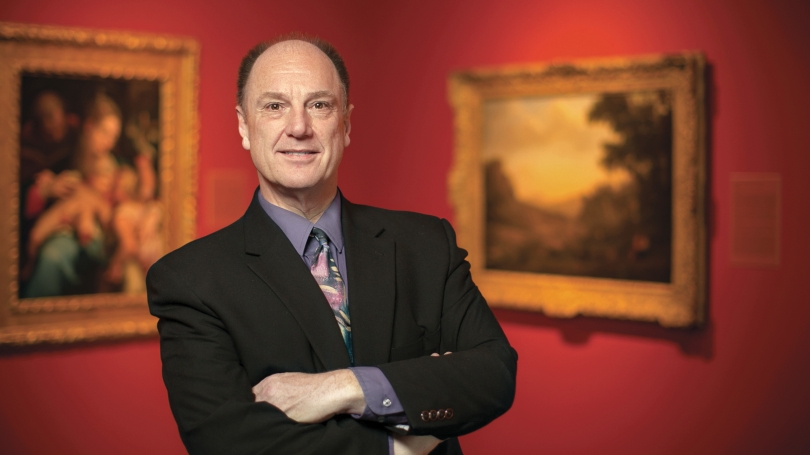Extended Saturday morning drives have been one side effect of my frequent travel for the museum—usually heading to or from an airport following a Friday evening event. Listening to weekend radio shows has become an unanticipated joy in my life. Stations all over the country host shows with names like The Back Porch, Rewind, Old School, Jazz Brunch, Acoustic Breakfast, Jam and Toast, Roots Rock, Unplugged, Americana, World Music, and Funky Town. Each show has an individual theme, but they all feature music deemed not popular enough for prime time—or "drive time," in radio parlance. During the week these same stations have to play music that guarantees listenership. Countless marketing studies have shown that we listeners are creatures of habit who like what we know. That translates into familiar songs, played incessantly. On Saturday mornings, though, the usual rules don't apply. Weekend radio both opens new musical horizons and rekindles old flames. It refreshes the soul and invigorates the mind to hear something really new, or old and great, and love it.
College museums are the Saturday radio of the art world. Art institutions also experience incredible pressure to show what is popular and expected. This has led to increasing homogenization in the art on view across the country. It becomes ever harder to identify the signature quirks and idiosyncrasies that should define a mature collection. Accepted narratives of the history of art that feature only the chart toppers of each period have come to dominate our public galleries. Artistic outliers have been relegated to storage or occasional display in secondary spots—hallways, for example. Just as we can find the same restaurant chains and retail shops in strip malls in every corner of the country, the list of artists ready for "prime time" can become pared to a prevailing few.
At college museums, that pressure is greatly mitigated by scholarly inquiry. Instead of asking whether it is popular or important, we may ask whether it is good, interesting, historically significant, and/or relevant to our curriculum. These are the guiding principles for the reinstalled galleries of the new Hood. We will have our Rothko on view, but we'll also present many astounding artists who have far less name recognition—check out the Fabrice Monteiro on the cover of this Hood Quarterly, for example.
This museum is committed to showing a diverse story of art, and that has led to some difficult choices for our opening installation next winter. Will there be major works by recognized artists that remain in storage for the time being? Yes. But will we bring out seldom-seen works that hold great potential for spurring interest and passion? Yes. That is the necessary trade-off, and it is one that we are proud to make.
So check out your local radio stations this weekend—you'll be glad you did—and get ready to experience the new Hood Museum of Art next January. We hope to reunite you with your old favorites and introduce you to your next great art crush.
